
The Business of Fashion
Agenda-setting intelligence, analysis and advice for the global fashion community.

Agenda-setting intelligence, analysis and advice for the global fashion community.
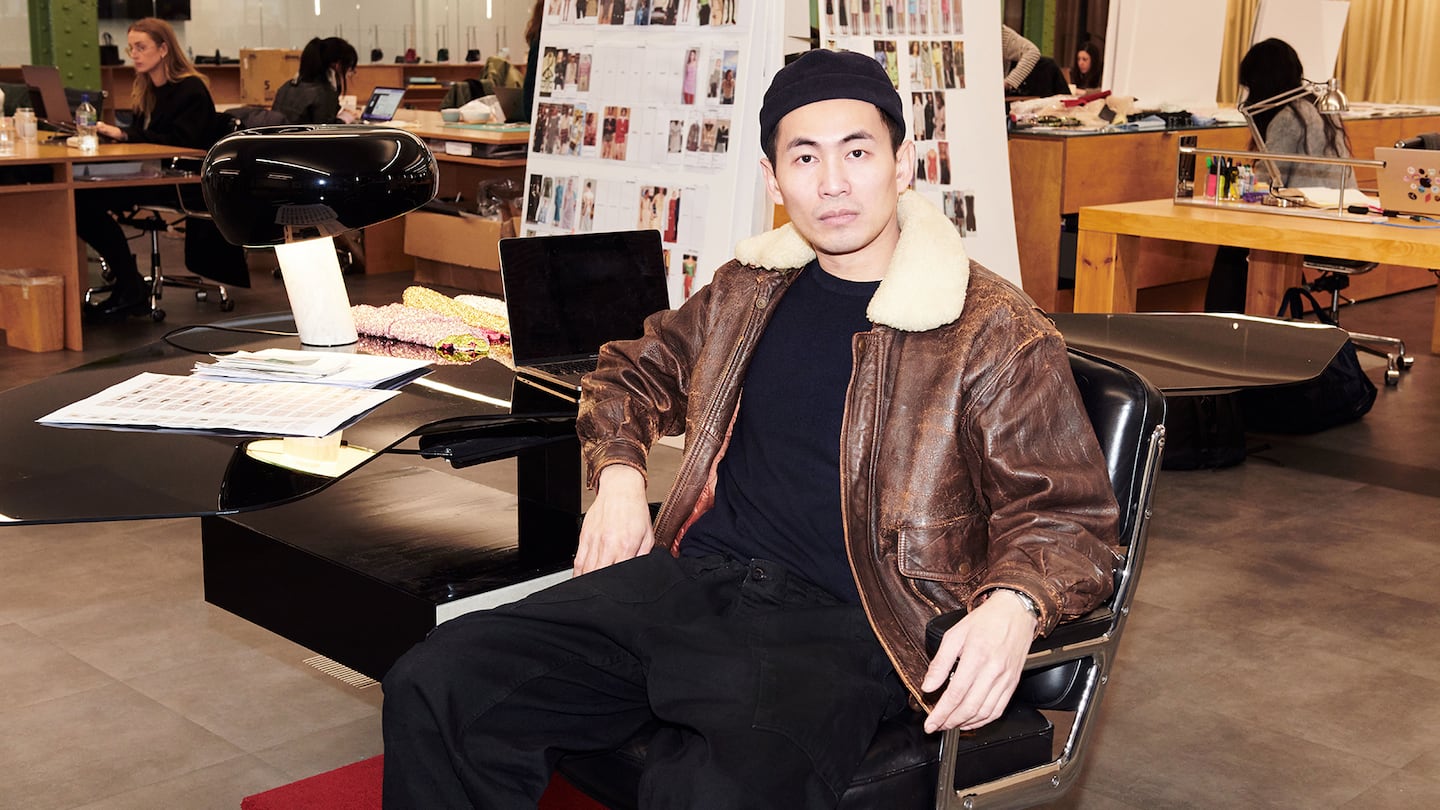
LONDON – Many Central Saint Martins grads follow a familiar formula: launching namesake luxury labels that tend to prioritise runway creativity and buzz over practical concerns or broad consumer appeal. Most struggle to scale.
Not Han Chong. The Malaysia-born entrepreneur’s near 10-year-old brand, Self-Portrait, doesn’t show at fashion week, and he never wanted to name the brand after himself. Instead he wanted a name that would reflect what the brand was about: his customers.
Rather than a monument to his own creativity, Self-Portrait is focused on outfitting a broad spectrum of women with elevated party clothes priced within reach. Customers who first see his designs worn by stars ranging from Paris Hilton to Kate Middleton may be surprised to see those A-listers’ dresses retailing for around £350: a step up from most mall and high-street options, but a fraction of what top luxury names would charge.
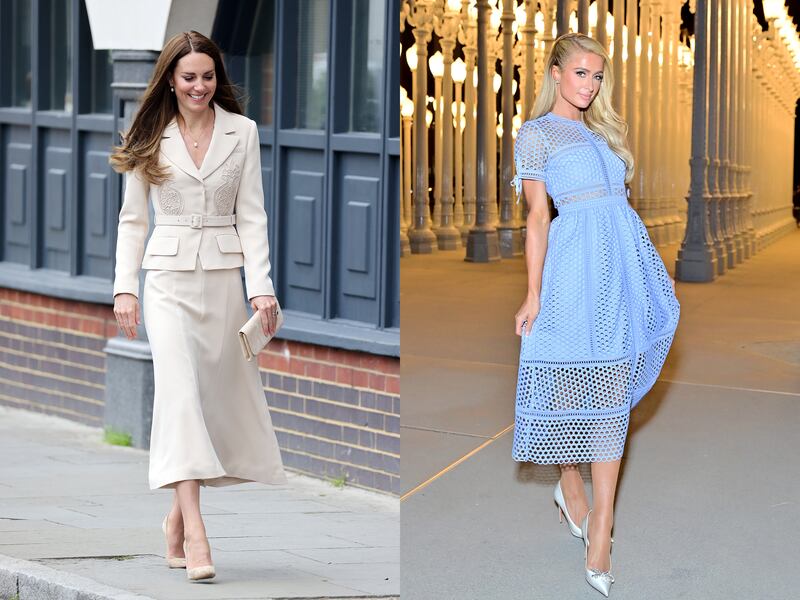
While eschewing the high-fashion path well-trodden by alumni of the industry’s most prestigious design programme, Chong has built one of the most commercially successful ready-to-wear businesses born out of London in recent years without taking on outside investors.
ADVERTISEMENT
Since the pandemic, Self-Portrait sales have surged thanks to a successful China expansion followed by booming demand for occasionwear in the West as lockdowns lifted: company revenues have doubled each year since 2020, Chong said. A 2020 joint venture with a Chinese partner saw the brand open more than 40 stores in the key fashion market, and, in November, it opened a new flagship in London’s Chelsea neighbourhood, its second store in the city. The brand declined to disclose its overall financials, yet public filings show the British business alone hit £28.5 million ($34.2 million) in 2021.
By carefully balancing creativity with commercial savvy and business rigor, Self-Portrait has become the first port of call for myriad women that want to look good and feel good when they dress up — whether that be for a wedding, a birthday or a business meeting. The secret, Chong says, lies in designing clothes he knows his customer wants.
“It’s not about the ego of what I think my customers [should] wear. It’s more like, what is my customer attracted to? What are their habits? What’s their lifestyle?” the 44 year-old entrepreneur said. “It’s not saying, ‘Ok, my customers need to dress like a Self-Portrait girl.’”
With one success story under his belt, Chong has ambitions to turn Self-Portrait into a fashion group, with a long-term aim to slowly bring other synergistic labels into his fold. In December 2021, he established SP Group, acquiring British label Roland Mouret out of administration. He and his team are now working to revive the brand.
Chong had a modest upbringing in Penang, an island off Malaysia’s northwestern coast, later moving to London in his early 20s to study fashion. He worked part-time jobs to put himself through school before scoring a position at then-hot high street retailer Topshop after graduation.
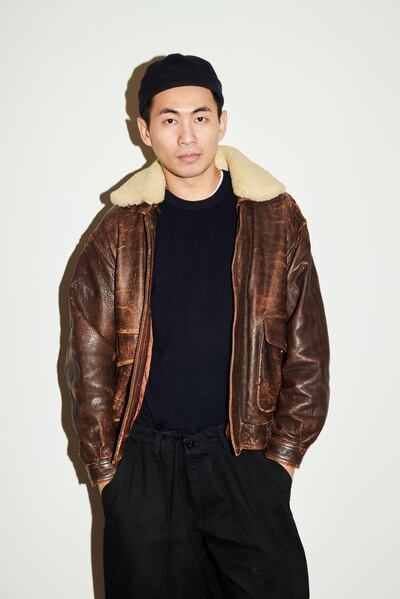
After an initial fashion venture ended over creative differences with his business partner, Chong founded Self-Portrait in 2013 using £160,000 of his own savings — eschewing investors so he would be able to call the shots.
Chong saw a gap in the market for a new kind of brand in the contemporary space: while labels like Theory and Rag & Bone had been blending fashion cool-factor with more accessible price points, most of those brands were focused on casual daywear. Chong took aim at the occasionwear space, finding success with an aesthetic that was creative and elevated enough to attract the likes of luxury e-tailers and top department stores like Selfridges, while still being relatable and affordable, thus appealing to a broad audience.
Self-Portrait brought together his experiences at school and in the workplace. At Central Saint Martins, Chong learned about detailing, fit, fabrics and craftsmanship — as well as the power of image-making. At Topshop he learned the importance of commercial savvy and designing with the customer in mind, using data to better understand their desires and leveraging global supply chains to achieve the right style for a competitive price (the brand’s main manufacturing hub is China).
ADVERTISEMENT
“Han has done a brilliant job at developing one of the go-to brands for most women for many occasions in her calendar,” said Liane Wiggins, head of womenswear at Matchesfashion, which began stocking the label in 2015. She says she was attracted to the brand’s elevated, detail-oriented aesthetic, and “high integrity in terms of quality and fit.”
“I vividly remember meeting Han in our offices in London and being so impressed with how developed the small collection was at the time: the laces, fabrications and workmanship for the price point was like something I had not seen in my career,” Wiggins said. Since launching the brand, Matchesfashion has multiplied its buy by a factor of at least 15, she said.
With no external investment to fall back on, Chong was focused on profitability from the start. This only spurred on his customer-centric focus.
“I didn’t have the luxury of [creating] something too experimental or too avant garde; I needed to make sure I was able to fund the brand,” he said. “Instead of what I wanted to design, we think of what makes her feel good, what she wants.”
After establishing the label with key wholesale stockists like Selfridges and Net-a-Porter, Chong pivoted to bolstering his direct-to-consumer sales, opening a store in London’s Mayfair neighbourhood in 2018 and investing in e-commerce. The strategy, Chong said, has been to use the brand’s direct channels to launch new categories like knitwear and outerwear, and then leverage sales data to propel wholesale partners to broaden their buys beyond the brand’s signature party dresses. Today, direct channels drive 65 percent of sales.
“Direct-to-consumer allows you to open up more categories, and you have more power with the wholesale partner,” he said. “Now a lot of my wholesale partners buy into all different types of categories, because we have the data to support [the success].”
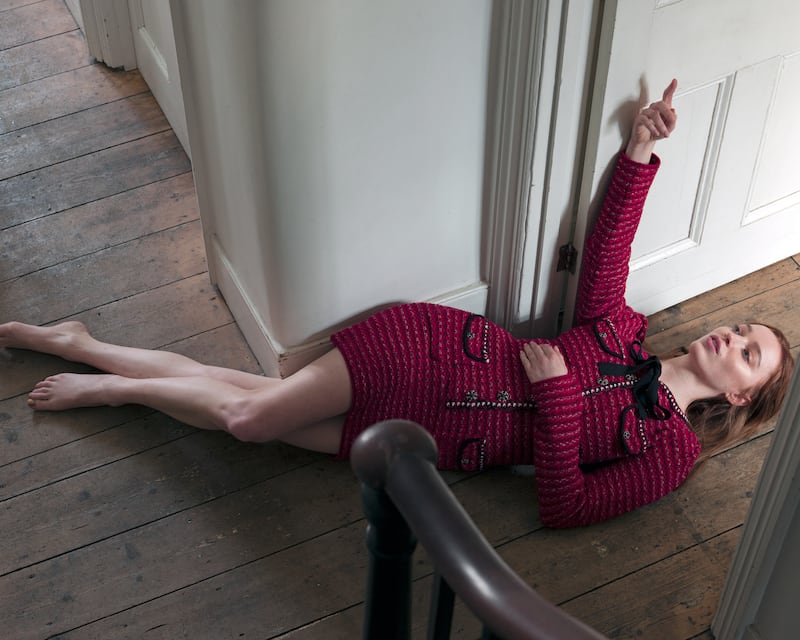
In 2020, Self-Portrait expanded into China via a joint venture with local partner Ellassay, and has since opened 40 stores across the mainland, with plans to open an additional 80 locations over the next two years. China is now the brand’s biggest market, accounting for 37 percent of sales last year. Self-Portrait also has stores in Taiwan, Bangkok and Hong Kong.
During Self-Portrait’s international expansion, Chong’s life experiences have informed his approach. His Asian upbringing — worlds away from the cosmopolitan streets of London where he’s now based — meant he was acutely aware of the cultural nuances between different markets, he said, and made sure to broaden his collection to include culturally relevant designs for customers in other regions: the brand incorporated more modest styles to cater to Middle Eastern customers, and smaller fits to cater to the Asian market.
ADVERTISEMENT
Self-Portrait’s broad appeal is manifest in its broad range of clients, with celebrity devotees ranging from model Emily Ratajkowski to former First Lady Michelle Obama. Go to a city or countryside wedding, and chances are someone will be still be wearing the brand’s guipure Azalea dress, which has been a hero item since its debut when the brand first launched.
The versatility of the brand is pretty unique, said celebrity stylist Emma Lane, who has regularly turned to Self-Portrait throughout her career.
“It’s such an elegant brand I put it on lots of different clients for lots of different situations,” she said. “The silhouettes that they create work really well on lots of different body shapes.”
Chong’s approach has driven profits as well as popularity. He says the company reached profitability within six months of launch, and today maintains an EBITDA margin between 25 and 32 percent.
As Self-Portrait grows up, Chong is looking to the future — with ambitions to eventually build a portfolio of brands under the name SP Collection. The idea is to use the experience and infrastructure he and his team have built over the years to build other brands he believes in, Chong says.
Since acquiring top-end London label Roland Mouret out of administration for an undisclosed sum in 2021, he has been working closely with the brand’s founder to relaunch the company, debuting a refreshed visual identity, including a new logo, last October.
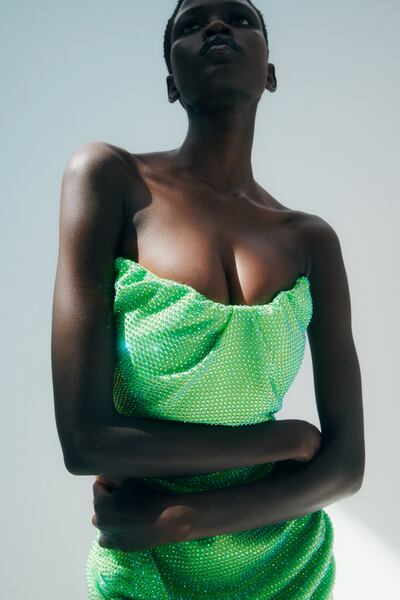
Roland Mouret felt like a good complement to Self-Portrait, Chong said, as an occasionwear brand which, at its height, had wide ranging appeal and whose renowned “Galaxy Dress” was known for making women feel confident. It also provides an opportunity to target a slightly older customer segment, Chong said.
“I wanted to target that audience, because a lot of fashion brands are very focused on Gen-Z, and no one designs for that [more mature] woman,” he said. “I feel like there’s a lot of potential for that brand to become a very significant share of the business.”
SP Group plans to revive Roland Mouret by building on its signature aesthetic while overhauling its business model, leverging Self-Portrait’s infrastructure and manufacturing network. The vision is for a direct-to-consumer driven business complemented by strategic wholesale partnerships, offering classic Mouret silhouettes at a slightly higher price point than Self Portrait’s offering.
Chong hopes the next generation of British designers will challenge the notion that staging boundary-breaking catwalk shows or angling for jobs at top couture houses is the only path to success. In 2018, he founded a scholarship programme at Central Saint Martins that funds one student per year through their MA degree, while providing them with mentorship and support from Self-Portrait.
“There are a lot of different ways to generate [a] business, not just one singular direction,” he said.
Editor's Note: This article was updated on Feb. 8, 2023, to clarify the Self-Portrait Central Saint Martins scholarship programme funds one student per year through their MA degree.
The Swiss watch sector’s slide appears to be more pronounced than the wider luxury slowdown, but industry insiders and analysts urge perspective.
The LVMH-linked firm is betting its $545 million stake in the Italian shoemaker will yield the double-digit returns private equity typically seeks.
The Coach owner’s results will provide another opportunity to stick up for its acquisition of rival Capri. And the Met Gala will do its best to ignore the TikTok ban and labour strife at Conde Nast.
The former CFDA president sat down with BoF founder and editor-in-chief Imran Amed to discuss his remarkable life and career and how big business has changed the fashion industry.